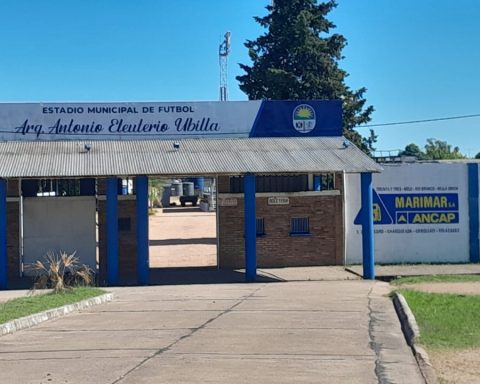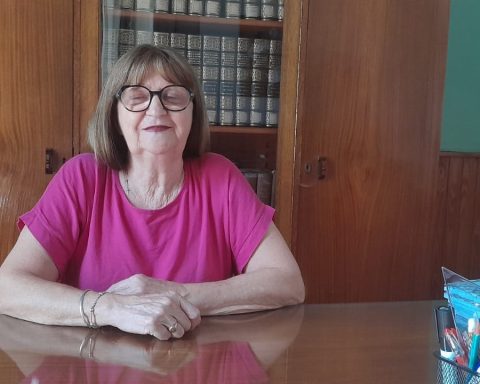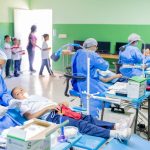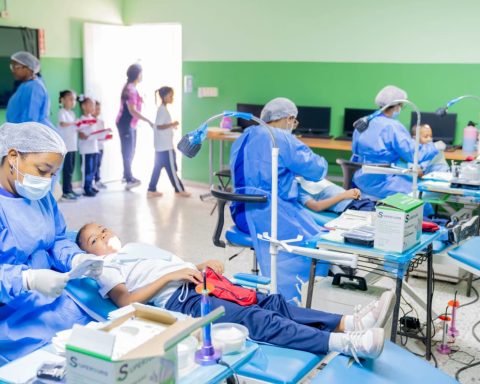The Minister of Public Health, Daniel Salinas, referred to the decree signed by the President of the Republic, Luis Lacalle Pou, which universalizes care for any user of the National Integrated Health System who presents symptoms of cerebrovascular attack (CVA). The patient will be treated free of charge at the closest or most accessible thrombolysis center, regardless of the health provider with which he or she is affiliated.
Salinas indicated, this August 15, that the Ministry of Public Health worked for a long time with the departmental directorates of Health, in the territorial survey of the centers with tomographs, the intensive treatment services and those of training in human resources, to ensure that stroke care was universal and free.
The hierarch clarified that before the problem with this type of emergency was that, if the affected person was outside his department of residence, bureaucratic consultations were necessary. From now on, the new regulations indicate that patients will receive treatment at a tariff price throughout the country. “An oiled system is left that avoids bureaucratic aspects,” he specified.
Salinas specified that the time of attention is key for patients with a stroke, they should receive it immediately at the first symptoms and avoid not exceeding four and a half hours since the alert is verified.
Symptoms may include sudden onset of weakness with loss of strength in an arm or leg, facial asymmetry, vomiting, or vision disturbances, among others. In Uruguay, statistics record 4,740 cases of stroke per year, of which one third has immediate mortality, in another recovery is achieved with timely care, and in the remainder, disability is caused.
Salinas added that the decree adds the mechanical thrombectomy procedure to the National Resources Fund, a necessary intervention for the treatment of the obstructed artery. As he explained, until now, high sums of money were paid to receive this attention; now 40 procedures have been performed in 7 authorized centers. “It’s the difference between having hemiplegia or aphasia or not,” he concluded.


















